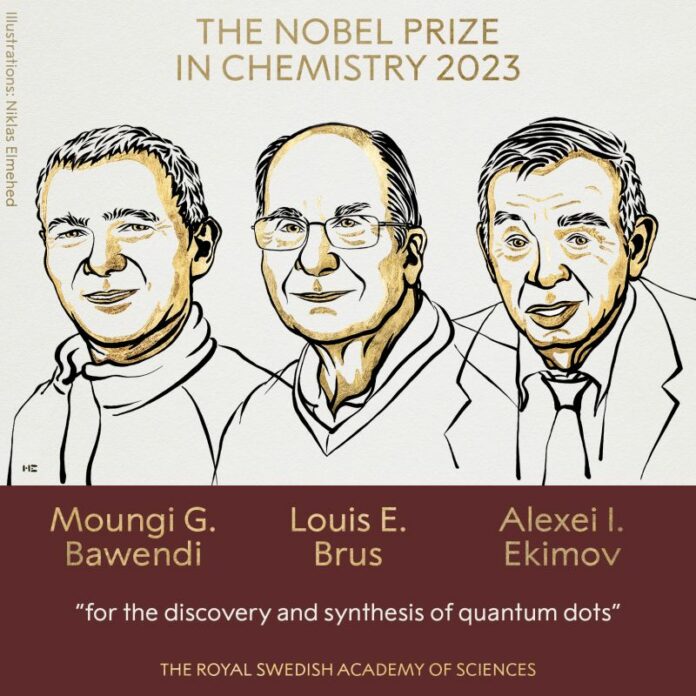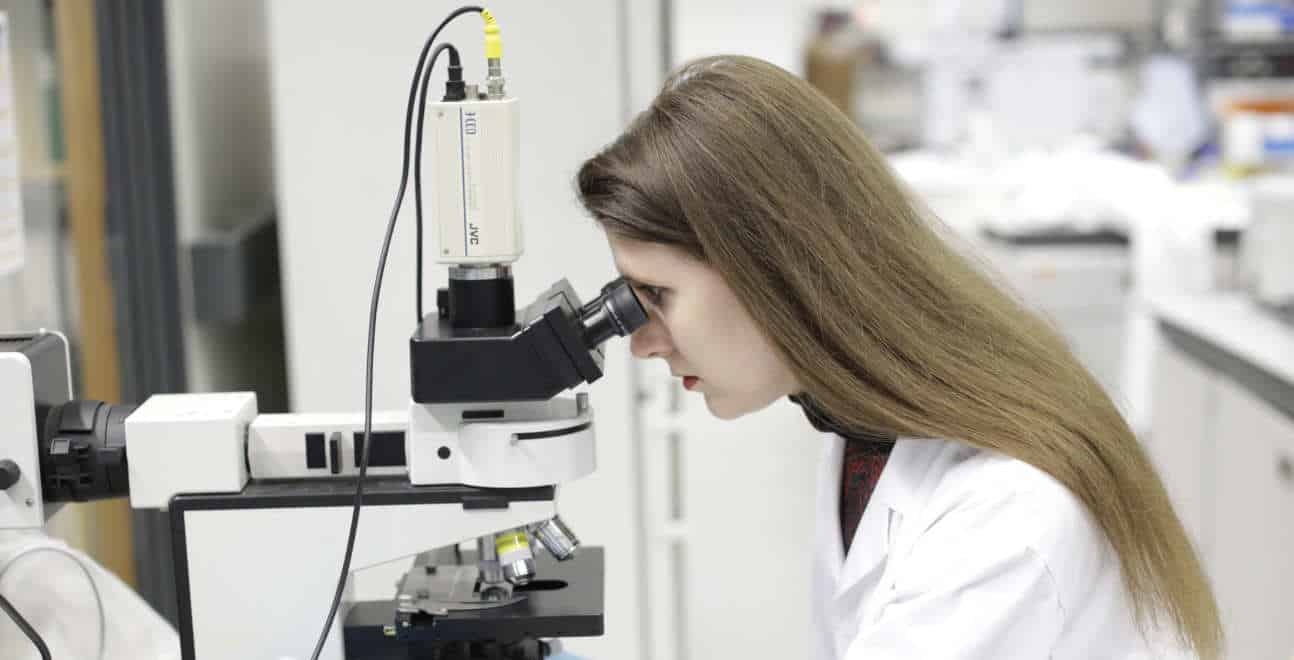The Royal Swedish Academy of Sciences has awarded the 2023 Nobel Prize in Chemistry to Moungi G. Bawendi, Louis E. Brus, and Alexei I. Ekimov for their groundbreaking work on something called “quantum dots.”
So, what are these quantum dots? Well, they are incredibly small particles that have some amazing properties. Think of them as the tiniest building blocks of technology. These little dots are so small that their size decides how they behave and what they can do.
In basic chemistry, we are taught that an element’s characteristics are defined by the number of electrons it possesses. But when things become super tiny, like at the nano-level (that’s a billionth of a meter), something magical happens. This magic is called “quantum phenomena,” and it’s all about how things change when they get super small.
The Nobel Prize winners in Chemistry for 2023 managed to create particles so incredibly small that these quantum phenomena started to kick in. They called these particles “quantum dots.” These tiny dots are now a big deal in the world of nanotechnology.
These quantum dots are doing some incredible things. They’re making our TVs and LED lights work better, and they’re even helping doctors during
surgery, especially when they need to remove tumor tissue.One fascinating aspect of quantum dots is that their colors vary depending on how small or large they are. It’s like having a palette of tiny, colorful building blocks to work with.
This discovery didn’t come easy. Scientists had known about these quantum effects in theory, but it was super hard to make things so tiny. Few believed that this knowledge could be applied practically.
But then, in the early 1980s, Alexei Ekimov managed to create these quantum effects in colored glass. It was like magic—changing the size of tiny particles changed the color of the glass through quantum effects.
Louis Brus followed by proving that you could see these quantum effects in particles floating in liquids.
And then, in 1993, Moungi Bawendi made quantum dots that were nearly perfect. These high-quality dots were essential for using them in real-world applications.
Now, these quantum dots are lighting up our computer screens, TVs, and even some LED lights. Scientists, biologists, and doctors are using them to study and understand biological tissues.
But that’s not all. Researchers believe that in the future, these tiny particles could be used in flexible electronics, super-small sensors, thinner solar cells, and even super-secure quantum communication. We’re just starting to unlock the incredible potential of these little quantum dots.
Editor’s Note: Subscribe to Rasayanika for the latest chemistry and Pharma job openings, follow us on Facebook and Telegram and subscribe to our youtube channel for the latest updates on chemistry and Pharma jobs and much more.



















































